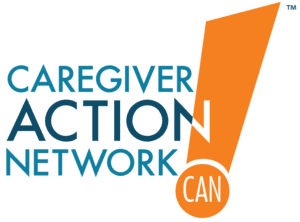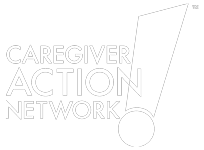Care Management for Family Caregivers: Think Like a Care Manager
Care Management for Family Caregivers: Think Like a Care Manager

As a family caregiver, have you ever wished for professional guidance in coordinating your loved one’s care? While you may not be a professional care manager, learning their strategies can transform your caregiving journey. Understanding care management for family caregivers can help you organize, coordinate, and provide better care while maintaining your own well-being.
The Essential Role of Care Managers vs. Family Caregivers
Professional care managers, typically nurses or social workers, specialize in coordinating care rather than providing direct care. They excel at healthcare coordination for caregivers, connecting resources, and creating comprehensive care plans. In contrast, family caregivers often focus on hands-on care delivery while struggling to manage the bigger picture.
Understanding this difference is crucial: while you handle daily caregiving responsibilities, adopting a care manager’s perspective can help you develop effective caregiving strategies and better manage your caregiving journey.
Professional Care Manager Responsibilities: A Blueprint for Family Caregivers
To implement effective care management for family caregivers, it’s helpful to understand what professional care managers do. Their core responsibilities include:
- Gathering and coordinating medical information from multiple healthcare providers to ensure comprehensive care
- Conducting thorough assessments of both the care recipient and their living environment to identify potential needs and challenges
- Researching and connecting with available community resources, including both public and private services
- Facilitating communication between healthcare providers, family members, and service providers to maintain consistent care
- Developing and adjusting care plans based on changing needs and circumstances
Learning to Think Like a Care Manager: A Guide for Family Caregivers
Implementing family caregiver management strategies starts with creating a comprehensive assessment of your situation. Here’s your essential caregiving checklist to get started:
1. Assess Your Care Recipient’s Needs
- Evaluate their ability to handle daily tasks independently
- Document their current health conditions and medical needs
- Note any cognitive challenges or concerns
- Track changes in their condition over time
2. Evaluate Your Support Network
- Identify family members and friends willing to help
- Research local caregiving resources and support services
- Consider professional support options when needed
- Build connections with other caregivers through support groups
3. Review the Care Environment
- Assess home safety and accessibility
- Identify necessary modifications or equipment
- Consider alternative living arrangements if needed
- Evaluate the sustainability of the current care setup
Creating Your Care Management Plan
Effective care management for family caregivers requires a structured approach. Follow these steps to develop your care management plan:
- List all current caregiving tasks and responsibilities
- Prioritize immediate needs and concerns
- Assign responsibilities to available support network members
- Establish clear communication channels between all involved parties
- Set up a system for monitoring and adjusting the plan as needed
Additional Considerations for Family Caregiver Management
Remember to include these crucial elements in your care management approach:
- Your own health and well-being needs as a caregiver
- Work and other personal commitments
- Financial resources and budgeting for care
- Legal documents and advance care planning
- Emergency backup plans and respite care options
Need Additional Support?
Managing elderly care while learning to think like a care manager takes time and practice. Don’t hesitate to reach out for professional guidance or connect with local caregiver support networks. Your success in caregiving starts with proper planning and support.



